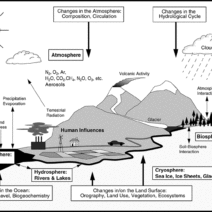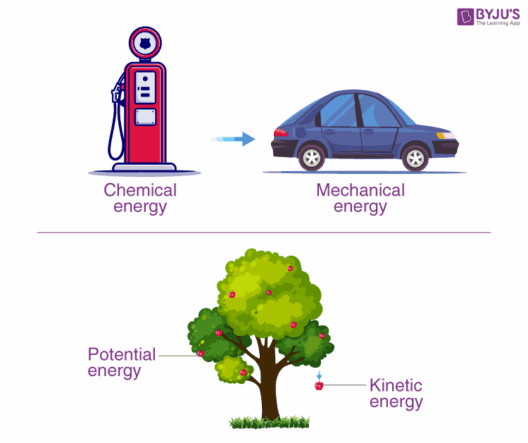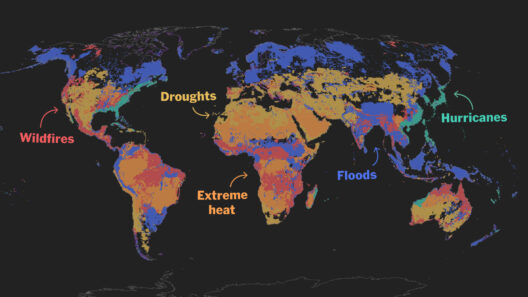Global warming, an urgent phenomenon exacerbated by anthropogenic activities, is a formidable challenge, yet it is not insurmountable. With concerted efforts across various domains, humanity has the potential to implement innovative strategies that may catalyze a transition towards a more sustainable future. This exploration of feasible strategies to combat global warming aims to embolden readers with optimism while providing a comprehensive understanding of the multifaceted approaches required to address this pressing crisis.
First and foremost, a paradigm shift in energy production is imperative. The reliance on fossil fuels has been the cornerstone of industrial development, yet this dependency has engendered catastrophic environmental repercussions. Renewable energy sources, such as solar, wind, and hydroelectric power, have emerged as viable alternatives. The throes of technological advancements are propelling the efficiency of solar panels and wind turbines, rendering renewable energy increasingly accessible and economically viable. Transitioning to these sustainable energy sources not only curtails greenhouse gas emissions but also invigorates the economy by creating new job sectors. The proliferation of solar farms and wind energy installations promises a future where energy is both clean and abundant.
Moreover, the adoption of energy-efficient technologies in urban development is critical. The concept of smart cities, which integrate information and communication technology to enhance performance and reduce resource consumption, serves as an exemplary model of sustainable urbanization. Retrofitting buildings with energy-efficient systems, such as LED lighting and advanced HVAC units, can dramatically diminish energy use and emissions. Implementing green infrastructure—think permeable pavements, green roofs, and urban forests—functions not only to mitigate heat island effects but also to absorb carbon dioxide, contributing to the amelioration of urban climate impacts.
Transportation, another significant contributor to global warming, necessitates transformative changes. The current transportation framework is heavy-laden with carbon emissions; yet, the electrification of transport is on the horizon. Electric vehicles (EVs) are gaining traction, and their proliferation is pivotal for reducing vehicular emissions. Moreover, investments in public transit systems offer an underutilized strategy to diminish individual car reliance while enhancing accessibility. The promotion of cycling and walking pathways, alongside the implementation of bike-sharing programs, fosters a cultural shift towards sustainable mobility—an essential facet of combating climate change.
Additionally, embracing carbon capture and storage (CCS) technologies emerges as a formidable ally in the fight against global warming. These innovations facilitate the extraction of carbon dioxide from the atmosphere and its subsequent storage in geological formations. While still burgeoning in development, the scalability of CCS technologies may provide a much-needed palliative effect on our planet’s atmospheric composition, buying time as we transition to more sustainable practices. The integration of natural solutions, such as reforestation and afforestation, amplifies this effect by not only sequestering carbon but restoring biodiversity and enhancing ecosystem resilience.
The role of the agricultural sector in climate action cannot be understated. Modern agricultural practices have precipitated excessive emissions and land degradation. Regenerative agriculture stands to redefine our approach to food production. This methodology emphasizes the use of cover crops, crop rotation, and organic farming techniques to rehabilitate soil health while sequestering carbon. The promotion of plant-based diets can further revolutionize agricultural impact. Plant-based sustenance requires significantly less land, water, and energy than livestock farming, thereby mitigating the strain on natural resources while concurrently providing public health benefits.
Policy and governance are critical multipliers in implementing these strategies effectively. Robust climate policies, including carbon pricing and emissions trading systems, create economic incentives for industries to innovate towards lower emissions. These regulatory frameworks can galvanize private sector investment in sustainable technologies and practices while ensuring accountability. International cooperation is equally vital, as climate change is a global dilemma that transcends borders. Collaborative frameworks, such as the Paris Agreement, foster commitments among nations to reduce emissions and promote sustainable development practices, laying the groundwork for a unified approach.
Education and advocacy are foundational elements in driving societal change towards climate action. Mobilizing public awareness around climate issues encourages grassroots movements that can pressure governments and corporations to adopt more environmentally friendly practices. Educational initiatives focused on sustainability can cultivate a new generation adept at navigating the complexities of climate science and responsive to the urgency of action. Fostering a sense of environmental stewardship is essential in cultivating a populace that prioritizes long-term ecological health over short-term economic gains.
In conclusion, the question “Can we solve global warming?” unfolds into a rich tapestry of strategies and possibilities. It is a resounding “yes,” contingent upon our collective will to embrace innovative solutions, reassess our methodologies, and cultivate cooperation across all sectors. By harnessing renewable energy, transforming transportation, adopting sustainable agricultural practices, and implementing forward-thinking policies, we can indeed forge a resilient future. It is not merely an act of conservation; it is a weighted responsibility shared by all. The trajectory toward a sustainably habitable planet lies within our grasp—each action, no matter how small, contributes to the larger mosaic of change. Let us venture forth, united in purpose and inspired by the promise of possibility.







